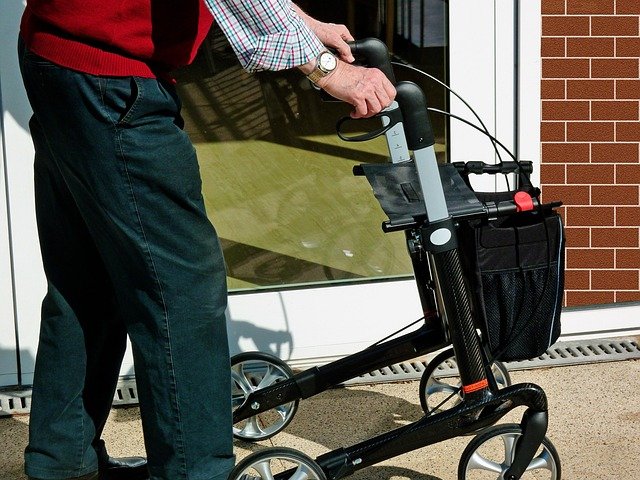Essential Guide to Modern Mobility for Seniors: Ensuring Independence and Active Living
Maintaining mobility and independence is crucial for seniors' quality of life and overall well-being. As we age, adapting to changing physical needs becomes essential, but modern solutions and support systems make it possible to remain active and independent. This comprehensive guide explores various aspects of senior mobility, from practical aids to community resources, helping older adults and their families make informed decisions about mobility solutions.

Understanding Modern Mobility Aids and Their Benefits
Today’s mobility aids offer sophisticated solutions that extend beyond basic walkers and canes. Advanced mobility equipment includes lightweight rollators with built-in seating, power-assist devices, and smart walking aids with fall detection technology. These innovations help seniors maintain their independence while providing essential safety features. Modern mobility scooters offer extended battery life and improved maneuverability, making them ideal for both indoor and outdoor use.
Navigating Accessibility Features in Public Spaces
Public spaces increasingly incorporate universal design principles to accommodate people of all abilities. Key features include ramps with proper gradients, automatic doors, adequate lighting, and clearly marked pathways. Modern buildings often feature wider doorways, non-slip flooring, and accessible restrooms. Understanding these features helps seniors confidently navigate various environments while maintaining their independence.
Safety Considerations for Active Seniors
Creating a safe environment for mobile seniors involves multiple factors. Home modifications such as grab bars, proper lighting, and removal of trip hazards are essential. Regular physical activity programs designed specifically for seniors help maintain strength and balance. Additionally, modern personal emergency response systems (PERS) provide peace of mind with GPS tracking and automatic fall detection capabilities.
Transportation Solutions for Independent Living
Modern transportation options for seniors extend beyond traditional services. Ride-sharing apps now offer specialized services for older adults, while many communities provide door-to-door transportation services. Some areas feature volunteer driver programs specifically designed for seniors. These services often include assistance with getting in and out of vehicles and help with packages or medical equipment.
Community Resources and Support Systems
Local communities often offer various resources to support senior mobility. Senior centers frequently provide exercise classes, mobility training programs, and educational workshops. Many areas have organizations that help coordinate transportation services and provide information about available mobility resources. These community networks play a crucial role in maintaining senior independence.
| Mobility Aid Type | Average Cost Range | Key Features |
|---|---|---|
| Standard Walker | $50-$100 | Foldable, lightweight, basic mobility support |
| Rollator Walker | $100-$300 | Seat, storage basket, wheels, brakes |
| Power Scooter | $800-$3,000 | Battery-powered, extended range, adjustable settings |
| Smart Cane | $200-$500 | Fall detection, GPS tracking, LED lighting |
Prices, rates, or cost estimates mentioned in this article are based on the latest available information but may change over time. Independent research is advised before making financial decisions.
Maintaining mobility in senior years requires a combination of proper equipment, environmental awareness, and community support. While technology continues to advance, offering increasingly sophisticated solutions, the fundamental goal remains the same: enabling seniors to maintain their independence while ensuring their safety and comfort. By understanding and utilizing available resources, seniors can continue to lead active, fulfilling lives while adapting to their changing mobility needs.
This article is for informational purposes only and should not be considered medical advice. Please consult a qualified healthcare professional for personalized guidance and treatment.




